Forgive the pun, but beans are the “meat” of the flexitarian diet. Beans are full of fiber, low on the glycemic index and provide protein as well as minerals. There’s a great variety of beans to choose from, each with it’s own distinct taste and texture. You can buy beans in the can but for even more variety check out the many types of dried beans available. Dried beans lack the convenience of the canned varieties, but they are more economical. Today Rick is going to show us how to cook dried beans on top of the stove.
Rick’s method will work for just about any type of dried bean. You can vary the seasonings to suit the qualities of the beans and how you plan to use them. For example, we add paprika and thyme to white beans while black beans get some cumin. Other times we’ll add vegetables or pasta to the beans to make more of a stew. Today we made lima beans, which have a distinct taste and creamy texture. We chose seasonings that won’t compete with the flavor.
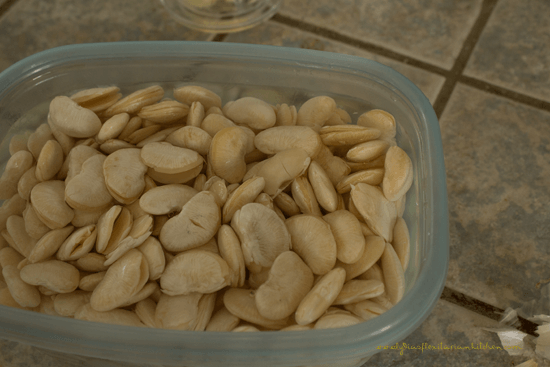
Begin by soaking the beans overnight. The rule of thumb is twice the amount of water as beans. Depending on the type, the beans can swell to twice their size. In the morning drain and rinse the beans. There are plenty of people who skip this step, but we find the beans cook faster when we soak them.
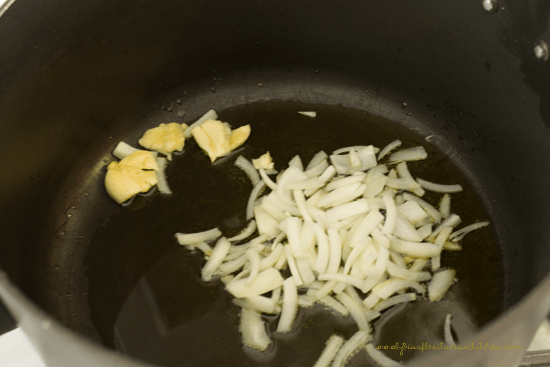
Add about 1/3 cup olive oil to a large dutch oven over moderate heat. The olive oil helps flavor the beans. Add onions and garlic and sauté. (Optional: At this point, add a heaping tablespoon of flour and cook for a few minutes. This helps thicken the broth.) Dump all the beans in the dutch oven and cover with water (vegetable or meat stock may also be used). Throw in three or four large bay leaves.
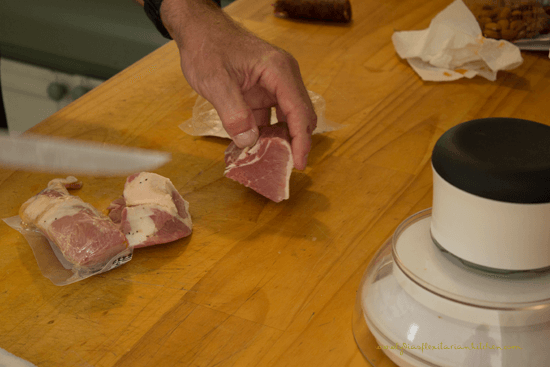
For a pound of beans, add 6 ounces or so of “soup meat”. We buy something called “Country Ham Chunk” and cut it in half. A ham hock or something similar may also be used. Rick also likes to add a tablespoon or so of chicken soup base. (affiliate link) For some beans, he’ll add a large piece of chorizo. The paprika and oil in the chorizo add a nice flavor to the broth. Naturally, you don’t have to add any meat or use meat broth if you’d rather not.
Bring the soup to a rolling boil then reduce the heat to a lively simmer. Cook until the beans are soft. The time will vary depending upon the beans but most of the time they’re ready within two hours.
You may have some foam form on the top of the soup. You can skim it off or stir it back into the broth as you prefer. Rick waits until the end to add salt and pepper especially if we used a piece of salt meat. The meat itself is mostly used for flavoring. Some people like to chop it and add it back to the beans. We find we don’t like the texture after all the good stuff has been cooked out of it. Blue (our publisher and chief taste tester) doesn’t have the same difficulties with the rubbery meat. We’re happy to share with her.
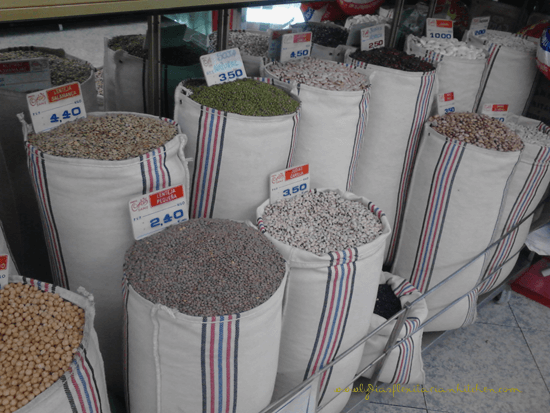
This photo illustrates what I meant about the wide selection of dried beans. It was taken in 2012 in a little shop in Madrid. Don’t you love the canvas bags? The beans are sold by the kilogram and the price differs depending on the bean.
Ingredients:
- 1 pound dried lima beans soaked overnight
- 2 cloves garlic, smashed
- 1 medium onion, diced
- 1/3 cup extra virgin olive oil
- 1 heaping tablespoon flour (optional and not used in the batch in the photos)
- water or broth to cover
- 6 ounces of salt pork or other “soup meat”
- 3 large bay leaves
- 1 tablespoon soup base (or equivalent in bouillon)
- salt and pepper to taste
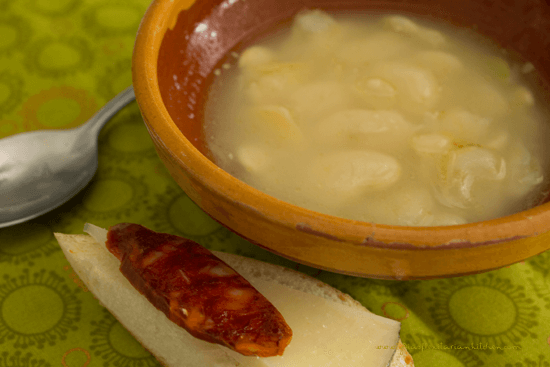
Method:
- Drain and rinse the beans. Set aside.
- Heat the oil in a large dutch oven and sauté the onions and garlic.
- If using, sprinkle flour over the onions and garlic and cook for a couple minutes until the color begins to change.
- Add the beans, any vegetables you may be adding, seasonings, optional soup base and salt pork.
- Cover with water or broth.
- Bring to a boil, then reduce heat to a gentle simmer.
- Cook until the beans are tender an hour or more depending on the bean.
- Taste and adjust the salt and pepper.
- If adding greens, add them now and let them wilt in the warm broth.
Beans can be cooked in batches and stored in meal sized portions in the freezer. If you choose to do that, my advice is to be as neutral as possible with the seasoning so as to allow for the most versatility. The way we flavored the lima beans in this recipe is fairly subtle and wouldn’t interfere with other seasoning you may add later on.
We served the limas with sliced chorizo, manchego cheese, bread and of course some wine. For plain jane “peasant” food, there’s something remarkably satisfying about a bowl of beans.
Learning how to cook dried beans connects you to generations of home cooks who knew the secret to good food is often just to let the ingredients speak for themselves.
What is your favorite type of beans?

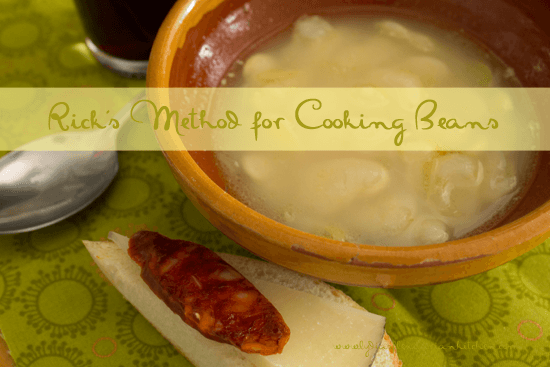
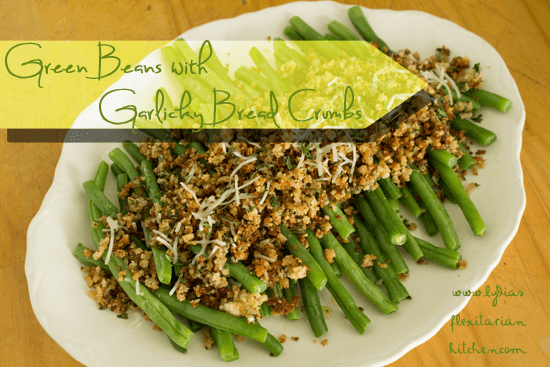
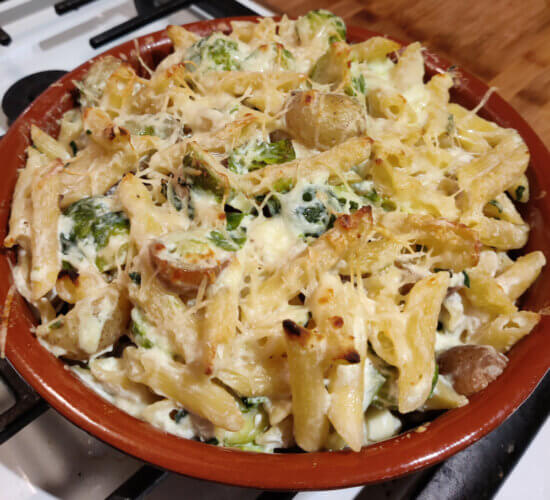
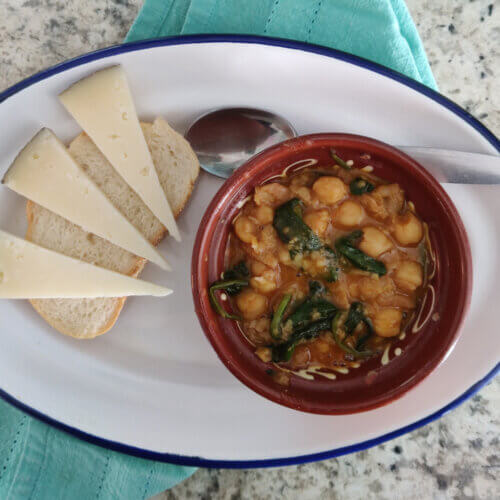
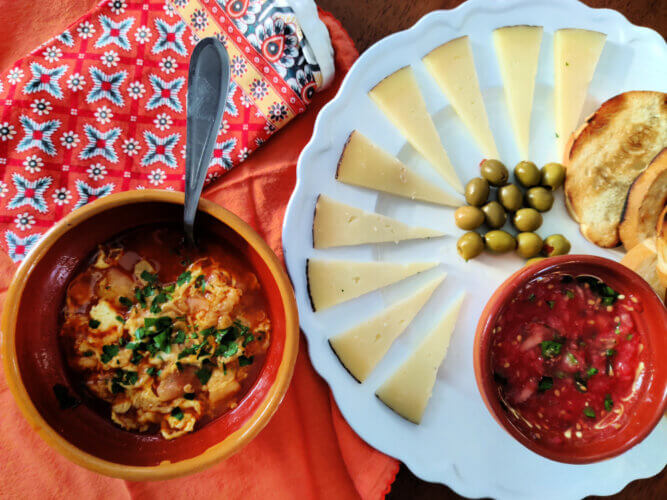
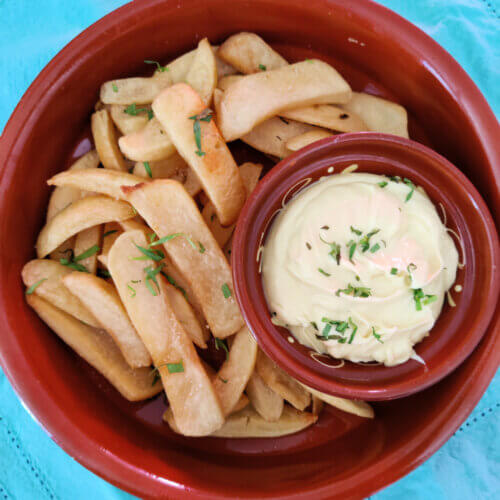
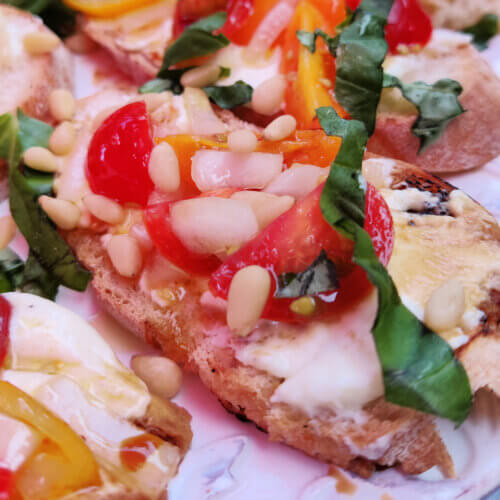
LOL, everyone has their secret about beans, but I think you totally nailed it! So glad you joined us on Foodie Friday Link Party. As a co-host, I want you to know that I pin, like, Google+ and twitter your link. Thanks for participating. I would love you to drop by my site at http://www.kneadedcreations. I look forward to reading your comments. Deb @ Kneaded Creations
Thanks for linking up with WDW! I’m still trying to master dried beans. I don’t have the patience, or the planning skills!
It’s the planning that always gets me! That’s probably why I eat so many lentils hahaha. Thanks for stopping by 🙂